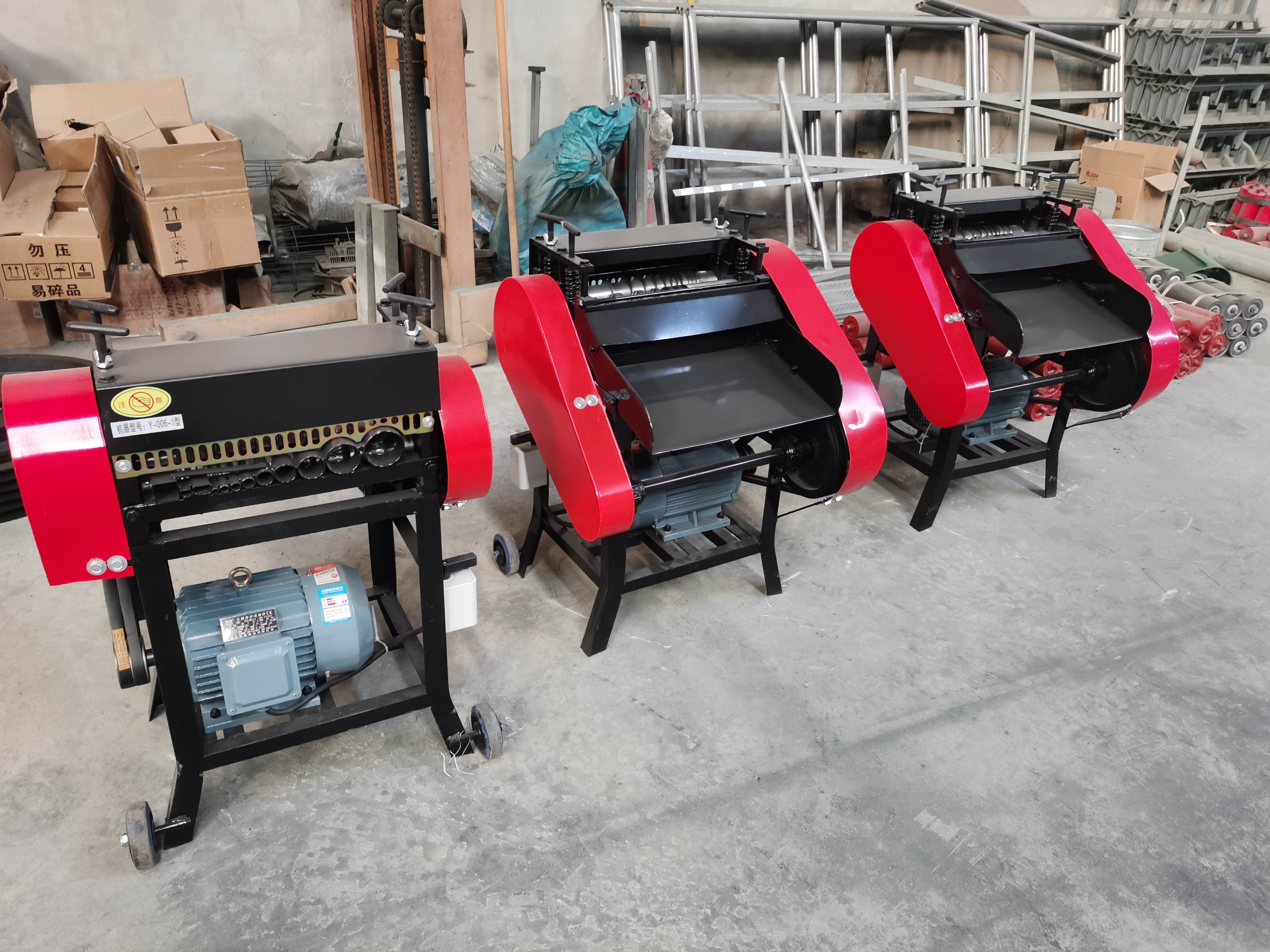
9 月 . 19, 2024 14:23 Back to list
Understanding Shredder Scrap Prices An Overview
Shredder scrap prices have become a significant focus in the recycling and metal industries. These prices reflect the value of metal waste that has been processed through shredding machines, which are essential tools in recycling operations. By breaking down large metal items into smaller pieces, shredders facilitate the recycling process, making it easier for materials to be melted down and reused.
The prices for shredder scrap are influenced by a variety of factors, including global market trends, demand for recycled metals, and the cost of raw materials. As economies grow and the demand for manufacturing increases, the need for recycled metals like aluminum, copper, and steel rises. This increased demand often leads to higher prices for shredder scrap, as recyclers seek to capitalize on the lucrative market.
One of the key components that affect shredder scrap prices is the type of metal being processed. Ferrous metals, which contain iron, typically have lower prices compared to non-ferrous metals such as aluminum and copper. This is primarily because ferrous metals are more abundant and easier to recycle. On the other hand, non-ferrous metals are generally perceived as higher value, leading to greater price fluctuations based on supply and demand dynamics. For instance, the prices for aluminum scrap can soar during construction booms as manufacturers seek high-quality recycled materials.

Moreover, the geography of recycling operations plays a crucial role in determining scrap prices. Regions with thriving manufacturing industries often exhibit higher scrap prices due to the local demand for recycled materials. Conversely, areas with limited industrial activity may see lower prices as there is less competition for scrap metal. Transportation costs also factor into pricing; areas located far from major recycling centers may experience lower prices due to the additional logistical expenses involved in moving scrap metal.
Another layer of complexity affecting shredder scrap prices is the impact of international trade. Many countries import and export scrap metal, and shifts in trade policies or tariffs can significantly influence market prices. For instance, restrictions on scrap metal exports from certain countries can lead to an oversupply in local markets, thus driving prices down. Conversely, high demand in international markets can lead to increased local pricing as exporters compete for available scrap.
It’s also important to keep an eye on the overall economy. Economic downturns often lead to decreased production in key industries, resulting in lower demand for scrap metal. When manufacturing slows, scrap prices tend to drop as there is less required for production. Conversely, a robust economy usually sees increased prices as industries ramp up production.
In conclusion, shredder scrap prices are shaped by an intricate web of factors, including type of metal, regional demand, transportation considerations, international trade dynamics, and overall economic conditions. For scrap metal dealers and recycling operations, staying informed about these variables is crucial for making informed business decisions and maximizing profitability in the ever-evolving market of recyclable metals. Understanding these intricacies can help industry players adapt to pricing changes and become more competitive in the marketplace.
Latest news
Unveiling the Power of Eddy Current Separator
NewsSep.25,2024
Transform Your Home Recyclin:home metal shredder
NewsSep.25,2024
The Future of Waste Management with Recycling Line Picker
NewsSep.25,2024
The Benefits of a Metal Recycling Plant
NewsSep.25,2024
Revolutionize Material Separation with Onwang Technology
NewsSep.25,2024
Innovative Waste Management: Unveiling the MSW Sorting Plant
NewsSep.25,2024